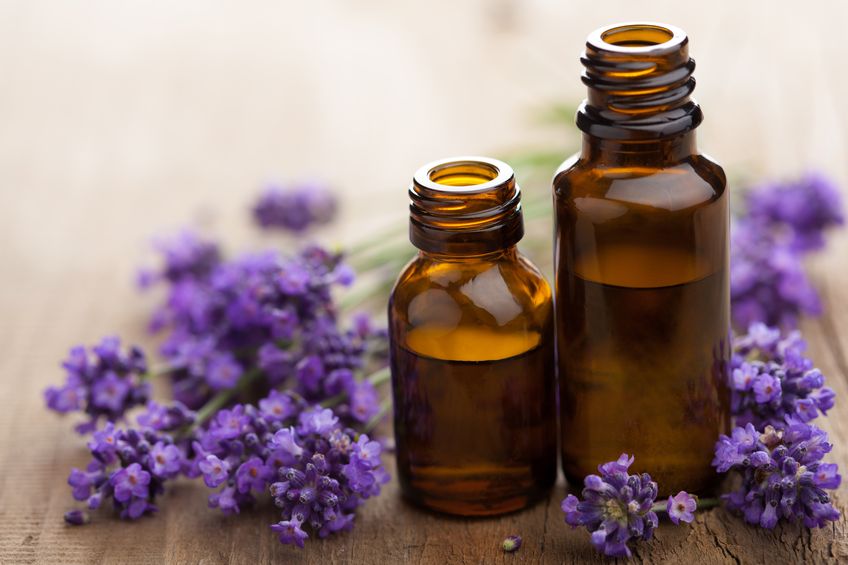By Heidi Weinhold, ND
How naturopathic care—including homeopathy, diet, and neuro-regenerative support—helped Brittany reclaim her health
When Brittany first came to my office in September 2024, she was 29, soft-spoken, and carried a quiet resilience behind her pixie-like smile. A flight attendant from a small town in West Virginia, she had recently been diagnosed with Multiple Sclerosis (MS) and was experiencing concerning symptoms—especially with her vision. For someone dreaming of becoming a pilot, this was devastating.
A Fog Descends
Brittany’s first signs of trouble began in 2021, when she described her vision as “foggy.” By June 2023, she was diagnosed with bilateral intermediate uveitis, an inflammatory condition that affects the middle layer of the eye and can cause blurred or distorted vision. At the time, she was using steroid eye drops four times a day and had also been placed on oral steroids.
But visual symptoms weren’t the only issue. She also reported fatigue, occasional tingling, brain fog, acne, anxiety, and depression—a constellation of symptoms that often accompany chronic illness but are frequently overlooked.
A Flare and a Fork in the Road
In October, her vision worsened dramatically. She began experiencing eye pain, tunnel vision, and pain with eye movement. An MRI during hospitalization confirmed inflammation of the optic nerve, a classic sign of MS. Her doctors proposed long-term immunosuppressant therapy, but Brittany was looking for a different path. She came back to my office with one request: a naturopathic alternative.
Finding the Right Match: Homeopathy for MS and Eye Inflammation
One of the first tools I turned to was homeopathy—an energetic, individualized form of natural medicine that uses microdoses based on the body’s unique symptom picture. For Brittany, whose pain worsened with eye movement, I chose Conium maculatum, a remedy historically known to support the optic nerve.1
But Brittany’s health story was more than just physical—it was emotional and traumatic. She had experienced caregiver burnout, the loss of her father to cancer, and several car accidents, including one where she was thrown from a 4-wheeler and landed on her head and eye. These layers of trauma pointed to a deeper need for nervous system repair.
For her post-concussion symptoms, I incorporated Natrum sulphuricum 200CK, a remedy used for both emotional and neurological healing after head injuries.1 Later, we added Ruta graveolens, which she now uses as needed if she experiences fatigue or eye strain from flying.
Layer by Layer, Healing Took Hold
By December 2024, Brittany felt a noticeable shift. By March 2025, she had tapered her steroid drops from four times daily down to once per day. Her retina specialist noted that her eyes were “completely calm”—with no visible inflammation—and asked to meet with me to learn more about her naturopathic protocol.
Even more remarkable? Brittany said her blurred vision improved more from her homeopathic remedies than from steroid drops. After a stressful trip with her father, she took two doses of Natrum sulphuricum, and the blurriness disappeared.
Today, she reports no tingling, no brain fog, more energy, clear skin, and a thicker head of hair. She meditates daily, visualizes her retina healing, checks in monthly with a counselor, and continues to eat clean.
The Naturopathic Tools That Helped Brittany Thrive
Homeopathy
- Natrum sulphuricum 200CK: for post-concussion recovery, brain fog, and visual disturbances1
- Conium maculatum 200CK: for MS-related eye pain1
- Ruta graveolens 30C/200CK: for eye fatigue and connective tissue support1
Neuro-regenerative Supplements
- Lion’s Mane mushroom: supports nerve regeneration and cognitive function5
- Phosphatidylserine: critical for nerve membranes and myelin health10
- Vitamin B12: vital for nervous system function4
- N-Acetyl Cysteine (NAC): an antioxidant that supports brain health in MS9
- Curcumin: reduces inflammation and boosts brain-derived neurotrophic factor (BDNF)6
- Fish oil (EPA/DHA): supports brain, eye, and emotional health7
- Scutellaria lateriflora (Skullcap): herbal support for anxiety and calming the nervous system8
- Vitamin D3: immune-modulating and anti-inflammatory
- Magnesium glycinate: for relaxation and nervous system balance
Food as Medicine
- Gluten-free and casein-free diet: helped reduce fatigue, brain fog, and inflammation2
- Daily smoothie: 2 cups organic blueberries, banana, and cilantro
- Avoiding dairy helped reduce inflammation and supported neurological health2
- Food allergies have been shown to increase disease activity in MS3
The Power of Individualized Care
Brittany’s story reminds us that true healing happens on multiple levels. Her transformation wasn’t due to a single magic bullet—but a thoughtful, layered approach that addressed her nervous system, immune health, emotional trauma, and daily habits.
Conventional medicine played a role—but naturopathic medicine gave her the tools to thrive.
“When I first started this journey, I felt like I was living in a fog. Now I feel like myself again,” Brittany told me recently.
With her next MRI scheduled soon, all signs point to stability—and possibly remission. For Brittany and many others like her, an integrative path made all the difference.

Dr. Heidi Weinhold received her Bachelor’s Degree in Biology from Washington & Jefferson College and received her Doctorate in Naturopathic Medicine from Sonoran University of Health Sciences in Tempe, Arizona. Her alma mater honored her in 2017 with an Honorary Doctorate of Humane Letters. Dr. Weinhold received the 2017 Physician of the Year Award from the Pennsylvania Association of Naturopathic Physicians. Dr. Weinhold has a private practice located in Canonsburg, Pennsylvania. She specializes in natural modalities to manage autoimmune conditions and to help relieve stress and anxiety.
References
- Demarque, D., Jouanny, J., Poitevin, B., & Saint-Jean, Y. (2015). Pharmacology and Homeopathic Materia Medica (3rd ed., 4th impression). CEDH.
- Wahls, T. L., Chenard, C. A., & Snetselaar, L. G. (2019). Review of two popular eating plans within the multiple sclerosis community: Low saturated fat and modified Paleolithic. Nutrients, 11(2), 352. https://doi.org/10.3390/nu11020352
- Fakih, R., Diaz-Cruz, C., Chua, A. S., et al. (2019). Food allergies are associated with increased disease activity in multiple sclerosis. Journal of Neurology, Neurosurgery & Psychiatry, 90(6), 629–635. https://doi.org/10.1136/jnnp-2018-319565
- Baltrusch, S. (2021). The role of neurotropic B vitamins in nerve regeneration. Biomed Research International, 2021, 9968228. https://doi.org/10.1155/2021/9968228
- Szućko-Kociuba, I., Trzeciak-Ryczek, A., Kupnicka, P., & Chlubek, D. (2023). Neurotrophic and neuroprotective effects of Hericium erinaceus. International Journal of Molecular Sciences, 24(21), 15960. https://doi.org/10.3390/ijms242115960
- Ghanaatian, N., Lashgari, N. A., Abdolghaffari, A. H., et al. (2019). Curcumin as a therapeutic candidate for multiple sclerosis: Molecular mechanisms and targets. Journal of Cellular Physiology, 234(8), 12237–12248. https://doi.org/10.1002/jcp.28173
- DiNicolantonio, J. J., & O’Keefe, J. H. (2020). The importance of marine omega-3s for brain development and the prevention and treatment of behavior, mood, and other brain disorders. Nutrients, 12(8), 2333. https://doi.org/10.3390/nu12082333
- EghbaliFeriz, S., Taleghani, A., & Tayarani-Najaran, Z. (2018). Central nervous system diseases and Scutellaria: A review of current mechanism studies. Biomedicine & Pharmacotherapy, 102, 185–195. https://doi.org/10.1016/j.biopha.2018.03.036
- Monti, D. A., Zabrecky, G., Leist, T. P., et al. (2020). N-acetyl cysteine administration is associated with increased cerebral glucose metabolism in patients with multiple sclerosis: An exploratory study. Frontiers in Neurology, 11, 88. https://doi.org/10.3389/fneur.2020.00088
- Glade, M. J., & Smith, K. (2015). Phosphatidylserine and the human brain. Nutrition, 31(6), 781–786. https://doi.org/10.1016/j.nut.2014.10.014




